
You’re in a meeting when someone asks a tough question. While everyone else blurts out quick answers, you pause. You think. You consider different angles.
Sound familiar? Congratulations—your brain might be operating on a higher level than you realized.
Here’s the kicker: the smartest brains don’t work faster. They work smarter.
Scientists just turned everything we thought we knew about intelligence upside down. Forget the “quick-thinking genius” stereotype. The latest research reveals that intelligent minds actually take their sweet time—but for a fascinating reason that could change how you think about thinking itself.
The Mind-Blowing Truth About Smart Brains
🧠 Brain Processing: Fast vs Smart
⚡ Average Brain
🎯 Synchronized Brain
Synchronized brains trade speed for accuracy – like having an internal quality control team!
Let me share something that’ll probably surprise you.
When researchers hooked up 650 people to brain scanners and gave them challenging problems, guess what they found? The highest-IQ participants were consistently slower than everyone else.
But here’s the twist—they got way more answers right.
Think of it like this: while average brains are like that friend who interrupts everyone at dinner, intelligent brains are the thoughtful listeners. They’re gathering evidence, weighing options, and making sure all parts of the brain have weighed in before making a decision.
Your Brain’s Hidden Orchestra
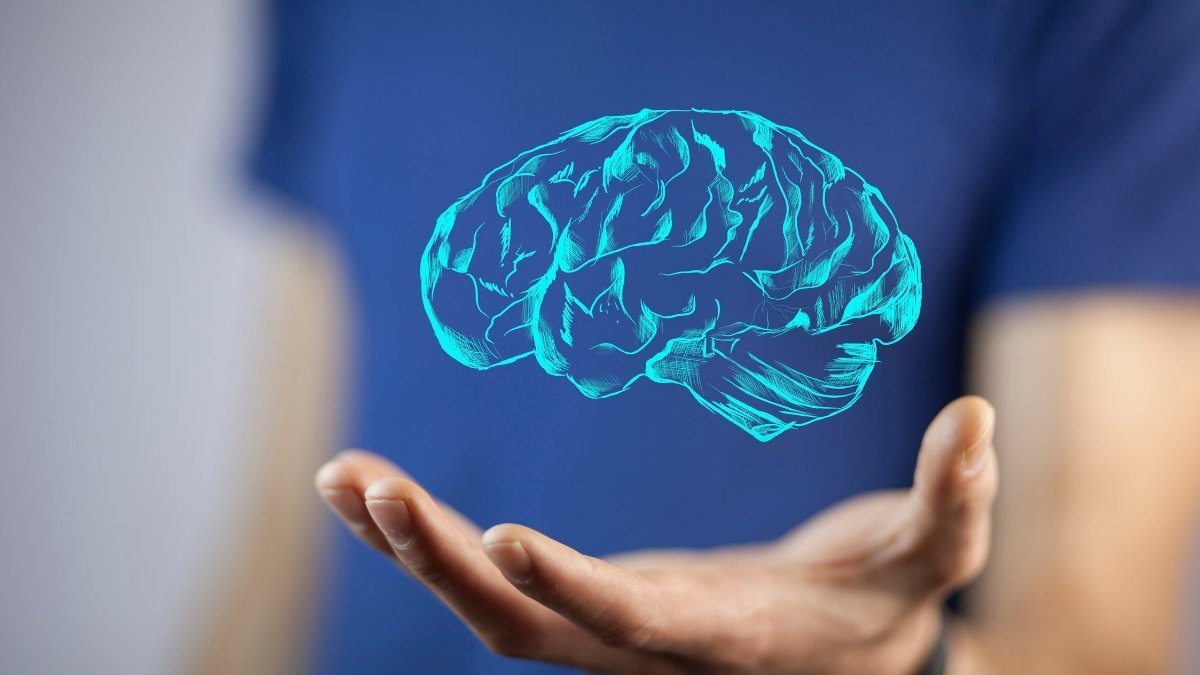
Your brain isn’t just one big thinking machine. It’s more like a symphony orchestra with different sections that need to play together perfectly.
The breakthrough research from 2023 shows that smart brains have something extraordinary: near-perfect timing between brain regions.
If every musician in an orchestra could magically hear what others were playing in real-time and adjust their tempo accordingly. That’s essentially what happens in highly synchronized brains.
This synchronization creates what scientists call “temporal coordination”—basically, your brain regions wait for each other instead of rushing to conclusions.
The result? Better decisions. Fewer mistakes. More thoughtful responses.
Pretty cool, right?
The Frequency Highway in Your Head
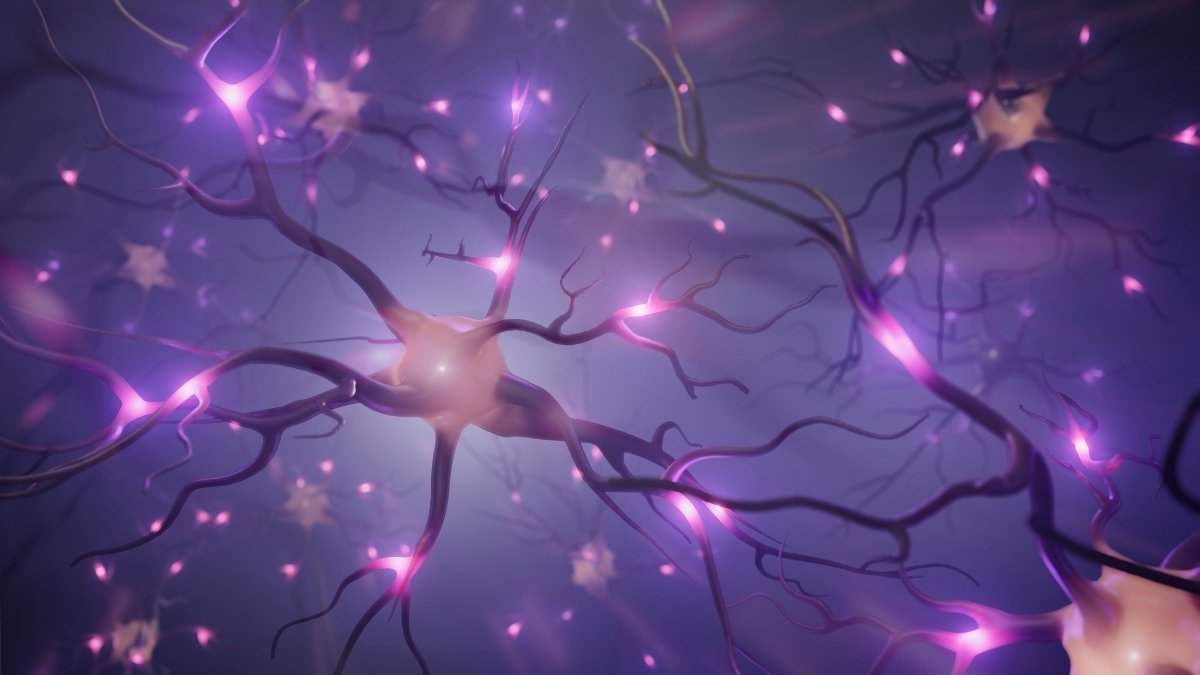
Now, let’s talk about something that sounds like science fiction but is totally real: your brain runs on different radio frequencies.
Seriously. Right now, as you read this, your brain is broadcasting on multiple channels simultaneously.
The Power Players: Meet Your Brain Waves
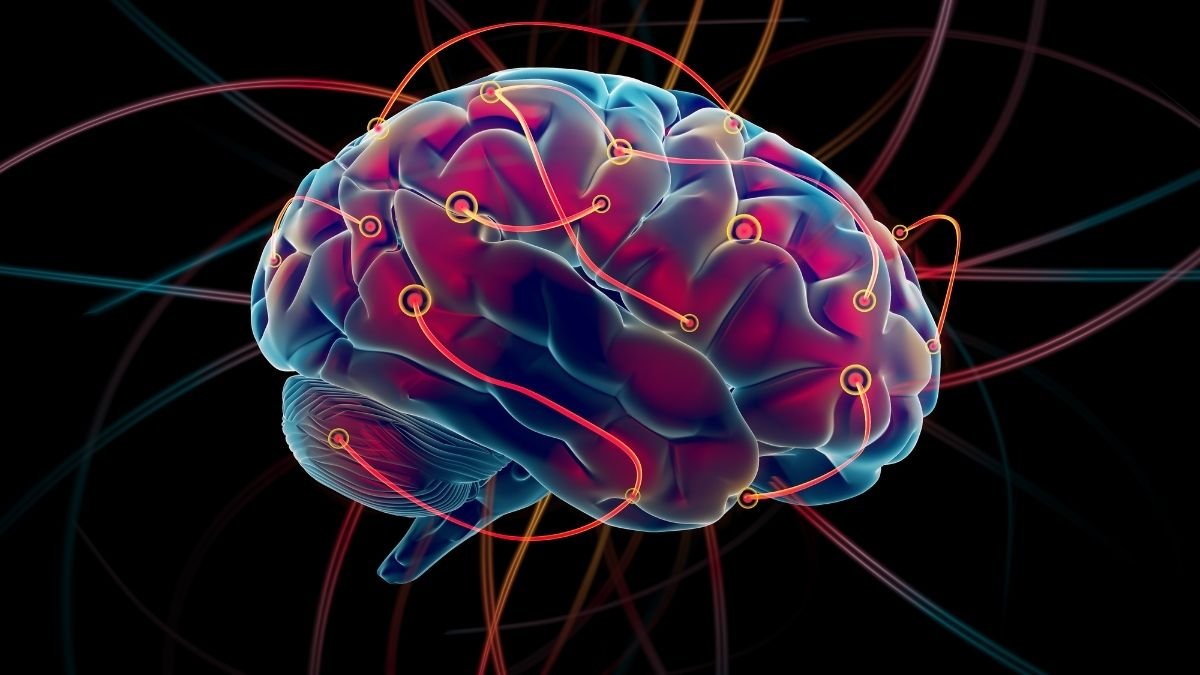
Gamma Waves (30-100 Hz): The Genius Frequency
- Think of these as your brain’s WiFi connection
- The magic number is 40 Hz—this frequency literally binds information together
- MIT researchers found that playing 40 Hz sounds and lights can reduce Alzheimer’s plaques by 50%
- Low gamma activity? That’s linked to learning difficulties
Theta Waves (4-8 Hz): Your Memory Highway
- These create “windows” for your brain to process information
- They’re actually traveling waves that move through your brain like ocean currents
- Critical for navigation and forming new memories
- Fun fact: They were only properly mapped in humans in 2024!
The Sweet Spot: 13 Hz
- This sits right between high alpha and low beta waves
- It’s your “active intelligence” frequency
- Struggling with math or learning? Your 13 Hz might need a tune-up
Alpha Waves (8-12 Hz): Your Mental Traffic Controller
- These aren’t just “relaxation waves” like people think
- They actively filter out irrelevant information
- Higher alpha activity = better focus and intelligence
- The 10-12 Hz range shows the strongest IQ correlations
Here’s what’s wild: your brain coordinates all these frequencies like a master DJ mixing multiple tracks. When they’re in sync, you think clearly. When they’re out of whack? Well, that’s when you feel scattered.
The Numbers Don’t Lie: What Science Actually Measures
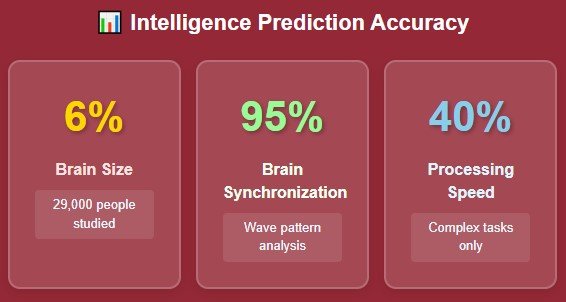
Okay, let’s get into some concrete evidence because the data here is genuinely mind-blowing.
Brain Size vs. Brain Sync
First, let’s tackle the “bigger brain = smarter” myth.
Studies of 29,000 people found that brain volume only explains about 6% of intelligence differences. That’s it. Your phone’s storage capacity tells you more about its performance than brain size tells you about intelligence.
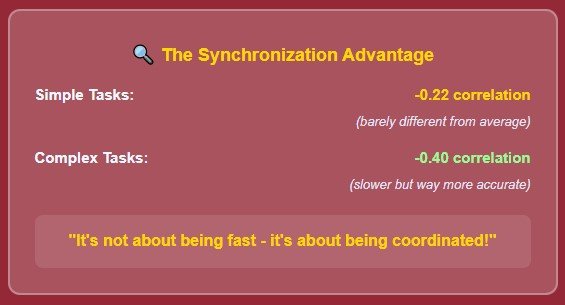
But synchronization? That’s where the magic happens.
The Accuracy Game-Changer

Here’s a stat that’ll make you do a double-take:
Scientists can now predict your IQ with 92-97% accuracy just by looking at your brain wave patterns. Not brain size. Not processing speed. Just how well your neural networks sync up.
The key isn’t raw brainwave power—it’s the precise timing relationships between different brain regions.
Speed vs. Accuracy: The Real Trade-Off
Remember how I mentioned smart brains are slower? Here are the numbers:
- Simple tasks: Smart people show -0.22 correlation with reaction time (barely different)
- Complex tasks: Smart people show -0.40 correlation with reaction time (significantly slower, but way more accurate)
It’s like the difference between a race car driver and a Formula 1 strategist. The strategist might be slower to react, but when they do, it’s the right move.
Real-World Applications That Are Changing Lives
This isn’t just fascinating science—it’s creating genuine breakthroughs in how we enhance human performance.
Neurofeedback: Training Your Brain Like a Muscle
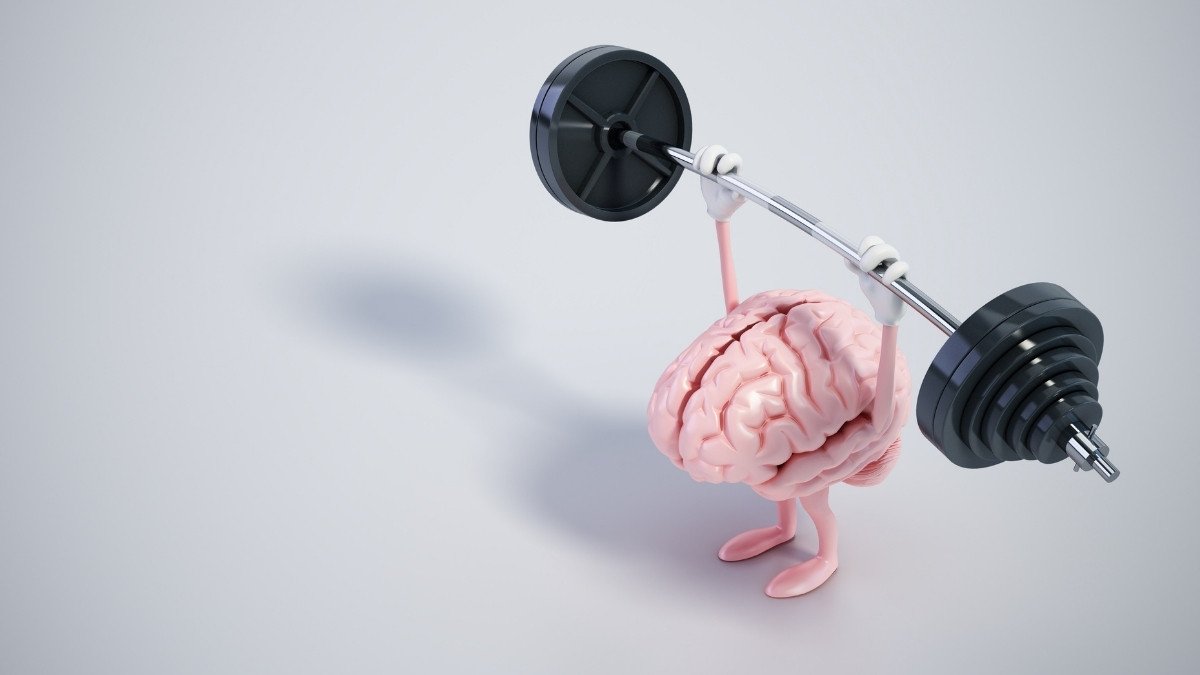
Remember how you learned to ride a bike? Your brain can learn to optimize its rhythms the same way.
Alpha-theta training is showing incredible results:
- Improved attention and focus
- Enhanced creativity (musicians love this one)
- Better stress management
- Deeper flow states
- Even trauma recovery
One session can boost your concentration. Regular training? People are reporting life-changing improvements in just weeks.
The Education Revolution
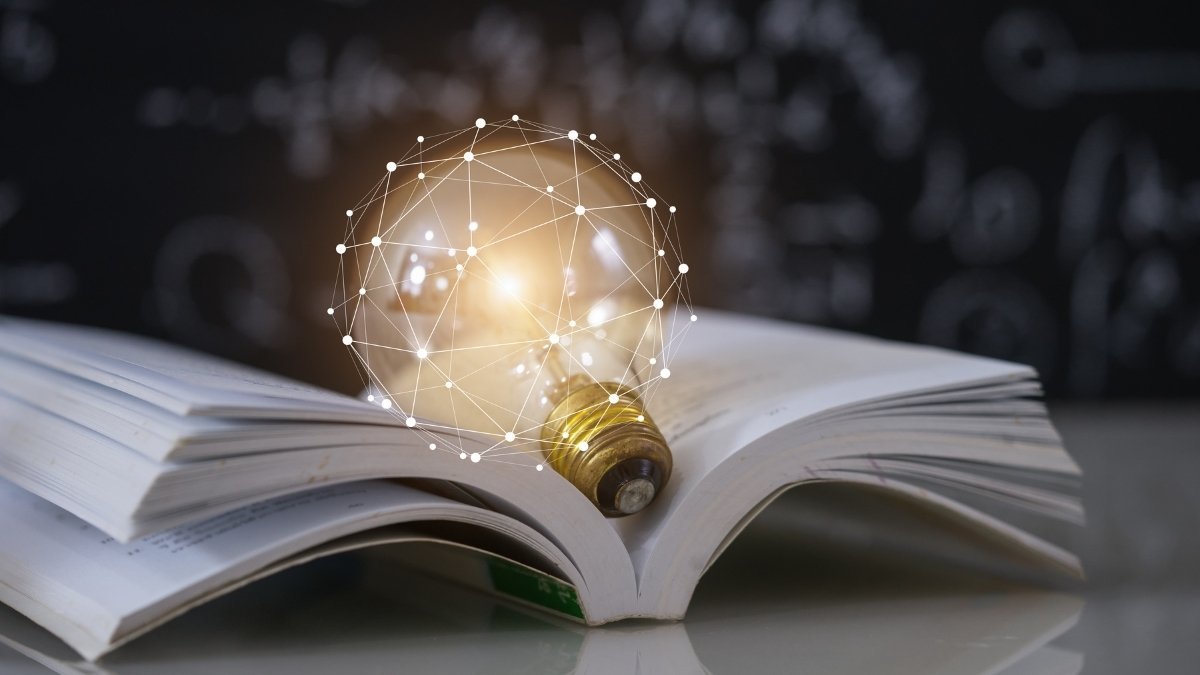
Here’s where it gets really exciting: teachers and students are literally syncing their brains during great lessons.
When researchers put EEG caps on both teachers and students, they discovered something remarkable. During the most effective learning moments, their brain waves actually aligned.
Think about that. The best learning happens when minds literally sync up.
What this means for you:
- Group study sessions might work better than you think
- That “click” moment with a great teacher? It’s measurable brain synchronization
- Online learning could be optimized using this data
Medical Breakthroughs That Sound Like Sci-Fi

MIT researchers are using 40 Hz light therapy to fight Alzheimer’s. Patients sit in front of special LED panels that flicker 40 times per second, essentially giving their brains a gamma wave workout.
The results? Reduced brain inflammation, cleared amyloid plaques, and improved cognitive function.
It’s like physiotherapy, but for your brain’s electrical system.
The Surprising History Behind Brain Waves
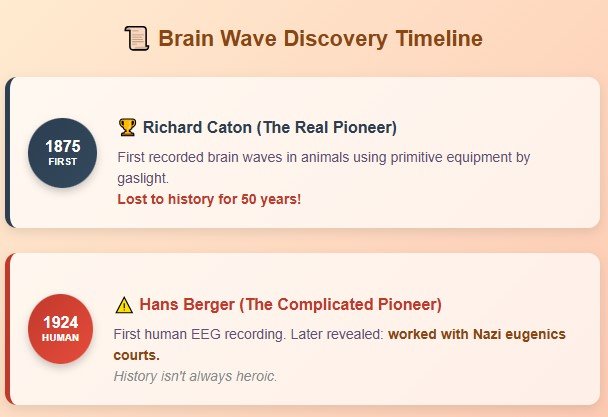
You know what’s crazy? The discovery of brain waves has a darker backstory than most people realize.
The Hidden Truth About Hans Berger
Hans Berger gets credit as the “father of brain waves” for first recording human brain electrical activity in 1924. History books paint him as a pioneering scientist.
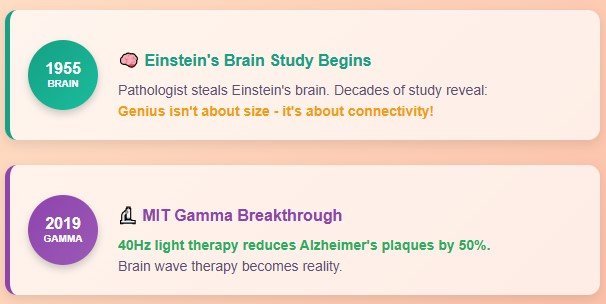
Plot twist: Newly uncovered documents reveal Berger worked with Nazi eugenics courts, approving forced sterilizations. His laboratory notebooks contain antisemitic comments written right alongside his groundbreaking recordings.
He wasn’t the hero we thought he was.
The Real Pioneer We Forgot
But here’s the kicker—Berger wasn’t even first.
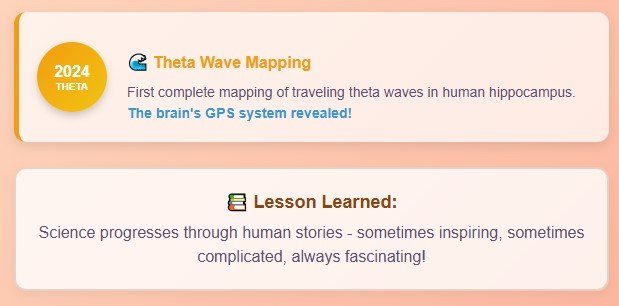
That honor goes to Richard Caton, a London physician who recorded brain waves in animals way back in 1875. Using primitive equipment by gaslight, Caton correctly figured out that brain electricity related to brain function.
He presented his findings at Georgetown University in 1887, but the discovery got lost to history for fifty years.
Einstein’s Brain: The Ultimate Humbling
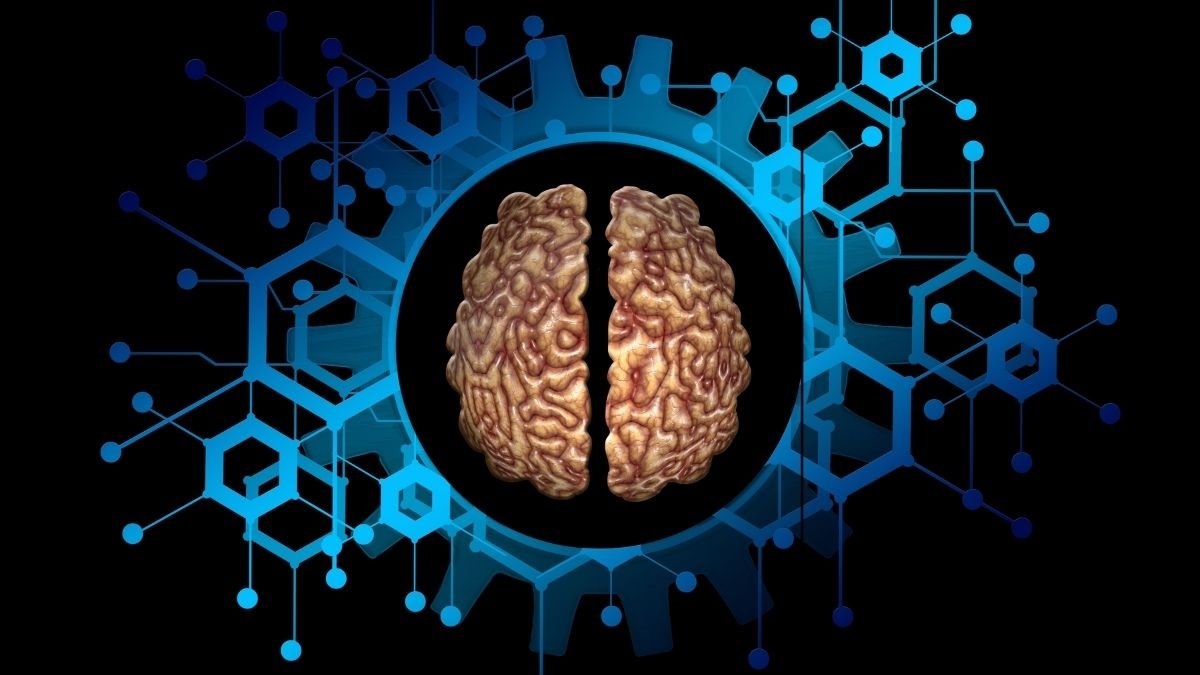
Want to know something that’ll make you feel better about your own brain? Einstein’s brain was actually smaller than average.
After Einstein died, a pathologist literally stole his brain (against Einstein’s wishes) and spent decades studying it. The results? Pretty disappointing.
- Weight: 1,230 grams (below average)
- Neuron count: Nothing special
- Most anatomical differences: Turned out to be measurement errors
The one real difference? A thicker corpus callosum—the bridge connecting brain hemispheres. This suggests Einstein’s genius came from better communication between brain regions, not bigger processing power.
Sound familiar? It’s all about synchronization, not size.
When Minds Literally Connect
🤝 Brain-to-Brain Synchronization
👥 Conversation
🤝 Cooperation
👁️ Eye Contact
📚 Learning
🧠 Synchronization Strength
– it’s measurable brain science!”
Here’s where things get wonderfully weird.
Advanced brain imaging reveals that during meaningful conversations, cooperation, even simple eye contact, something extraordinary happens: brain waves synchronize between people.
Not metaphorically. Literally.
Neurons in corresponding brain areas fire at the same time across different people. It’s like two radios tuning to the same frequency.
What This Means for Human Connection
This discovery is huge for understanding consciousness itself.
If consciousness emerges from synchronized brain activity, and synchronization happens between brains during meaningful interaction, where does individual consciousness end and shared consciousness begin?
As one researcher puts it: “We need to move away from thinking of consciousness as trapped inside individual skulls.”
Real-world implications:
- That feeling of being “on the same wavelength”? It’s literally visible in brain scans
- Team performance might depend on neural synchronization
- Empathy could be measurable brain-to-brain coupling
Creative Minds Think Differently (Literally)
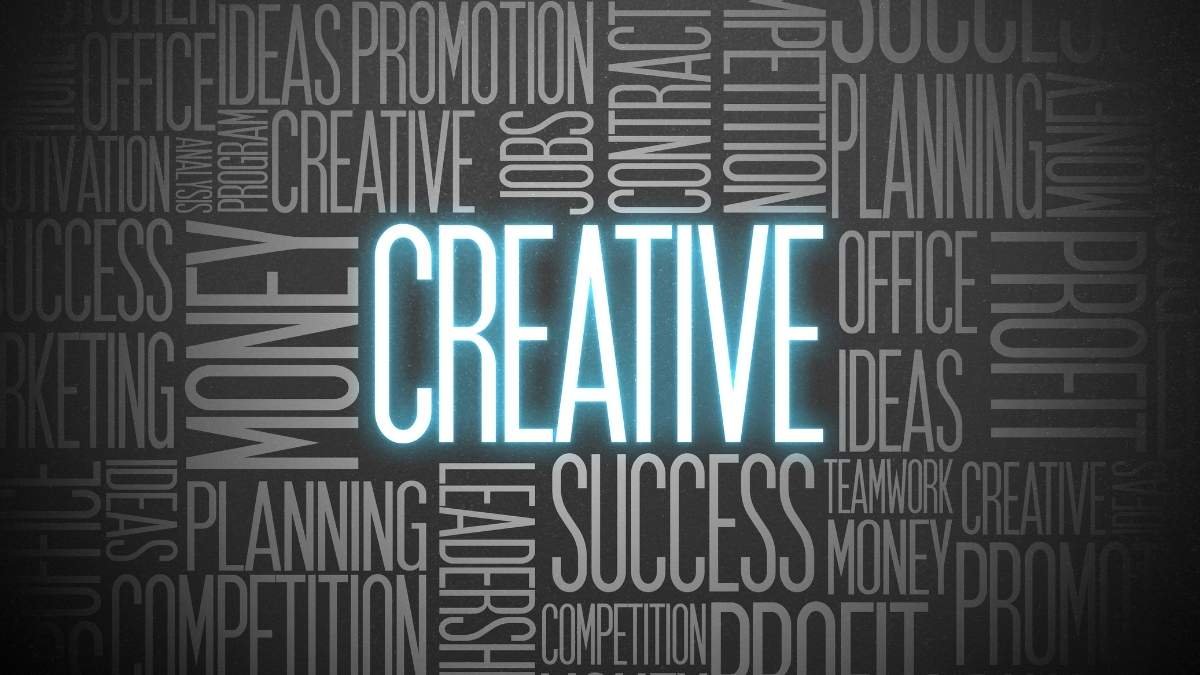
Here’s something that might surprise creative types reading this:
The most creative people show more chaotic brain connectivity than expected. While most brains follow predictable highway systems, creative brains build random side roads connecting distant regions.
The weirdest part? These differences show up most during rest periods—not when people are actively trying to be creative.
This suggests creativity emerges from your brain’s background processing, not forced thinking sessions.
What This All Means for You
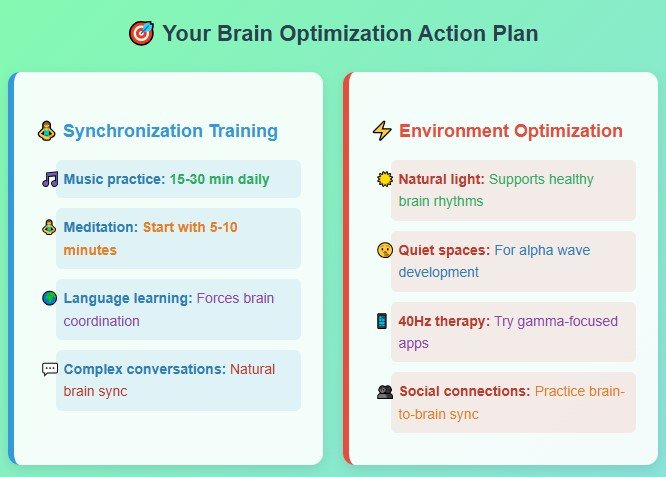
So how can you use this knowledge in your daily life?
Embrace the Pause
Next time someone pressures you for a quick answer on something important, remember: intelligent brains take their time. That pause isn’t hesitation—it’s optimization.
Practice Synchronization
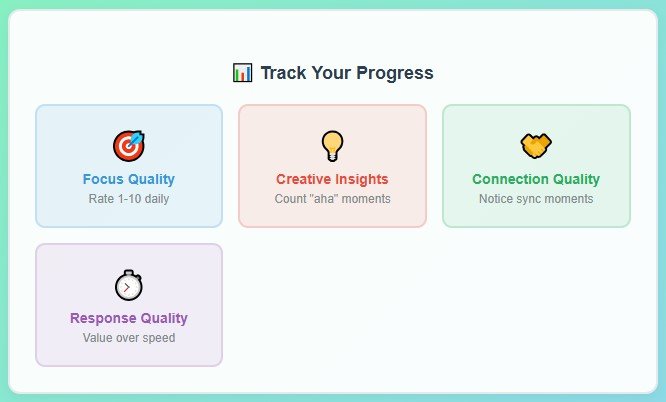
Try activities that naturally enhance brain coordination:
- Music training (especially learning instruments)
- Meditation (builds alpha wave control)
- Complex conversations (create natural brain-to-brain sync)
- Learning new languages (forces different brain regions to cooperate)
Optimize Your Environment
Understanding brain frequencies can help you design better spaces:
- 40 Hz light therapy for memory support
- Binaural beats for focus (though be skeptical of wild claims)
- Natural light exposure for healthy circadian rhythms affects all brain waves
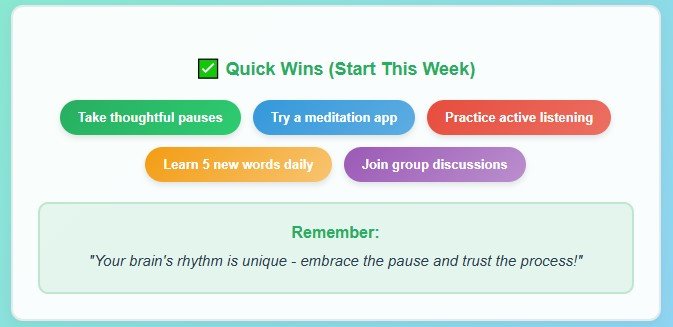
Rethink Intelligence
Stop measuring yourself (or others) by speed alone. Intelligence is about:
- Pattern recognition across different domains
- Patience in gathering evidence
- Integration of multiple perspectives
- Coordination between different types of thinking
The Synchronized Future
We’re entering an era where brain optimization isn’t science fiction—it’s a practical application.
Schools that monitor student-teacher brain synchronization to optimize learning. Workplaces that use neural feedback to enhance team collaboration. Therapy that precisely tunes brain frequencies for mental health.
This isn’t decades away. It’s happening now.
Your Next Steps
Ready to explore your own brain’s hidden rhythms? Here’s what you can do today:
- Notice your natural thinking patterns – Are you a quick decider or a careful processor?
- Experiment with meditation apps that include brainwave training
- Try learning something completely new – language, instrument, or complex skill
- Pay attention to when you feel “in sync” with others and what creates those moments
The Bottom Line
Your brain has a secret rhythm, and it’s more sophisticated than any technology we’ve created.
The smartest minds aren’t the fastest—they’re the most synchronized. They don’t rush to judgment—they coordinate evidence gathering across different brain networks.
This changes everything about how we think about intelligence, learning, and human potential.
So the next time you find yourself pausing before answering a tough question, smile. Your brain isn’t being slow—it’s being smart.
And that hidden beat? It might just be the key to unlocking capabilities you never knew you had.
What’s your take on this? Have you noticed patterns in how your own mind works best? The science of brain synchronization is just getting started, and frankly, we’re all part of this fascinating experiment called human consciousness.
Your brain’s rhythm is unique to you—but maybe, just maybe, it can learn to sync up with something even greater.






